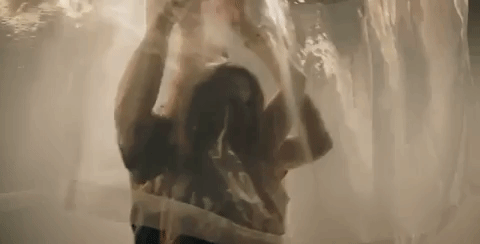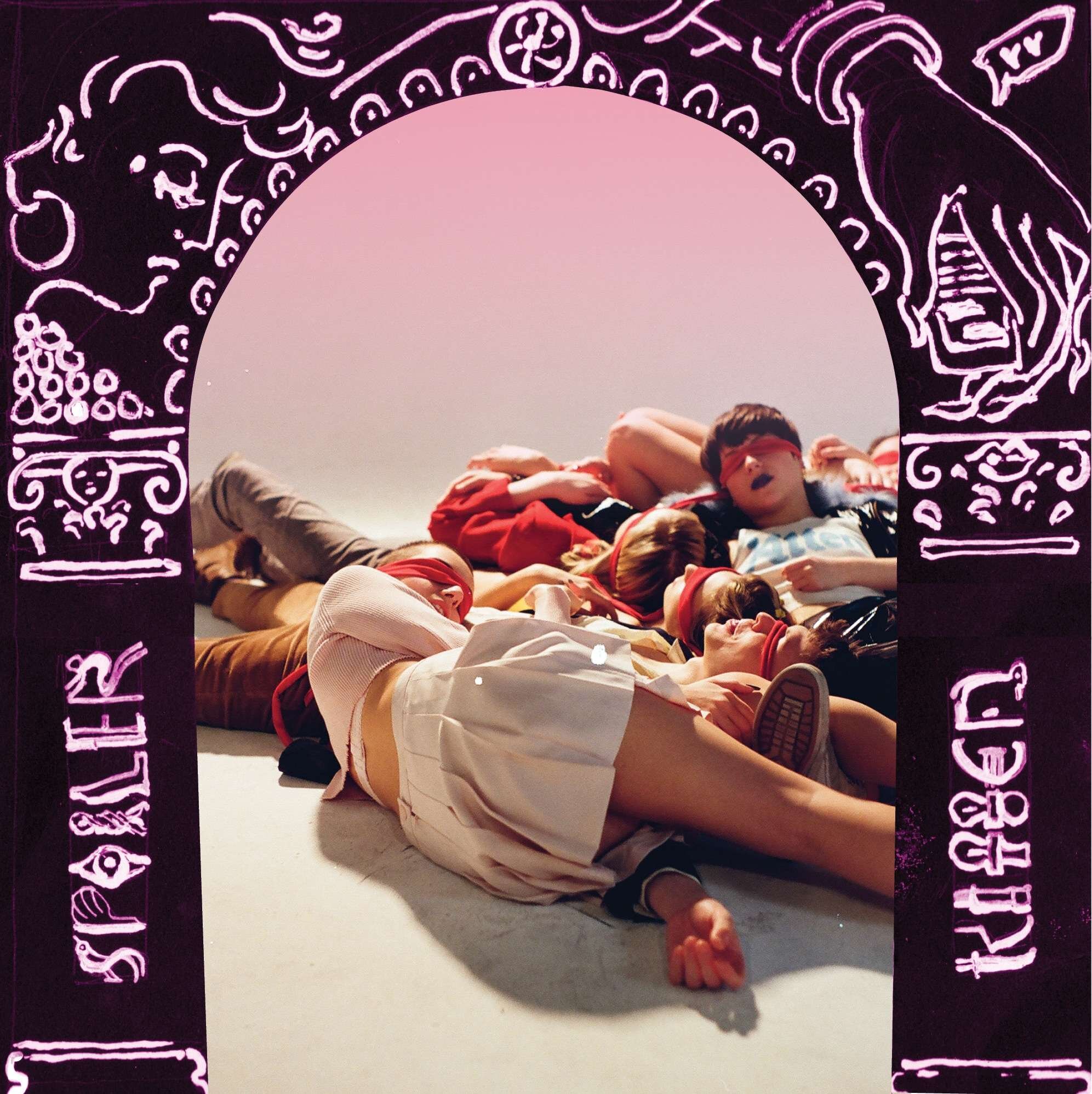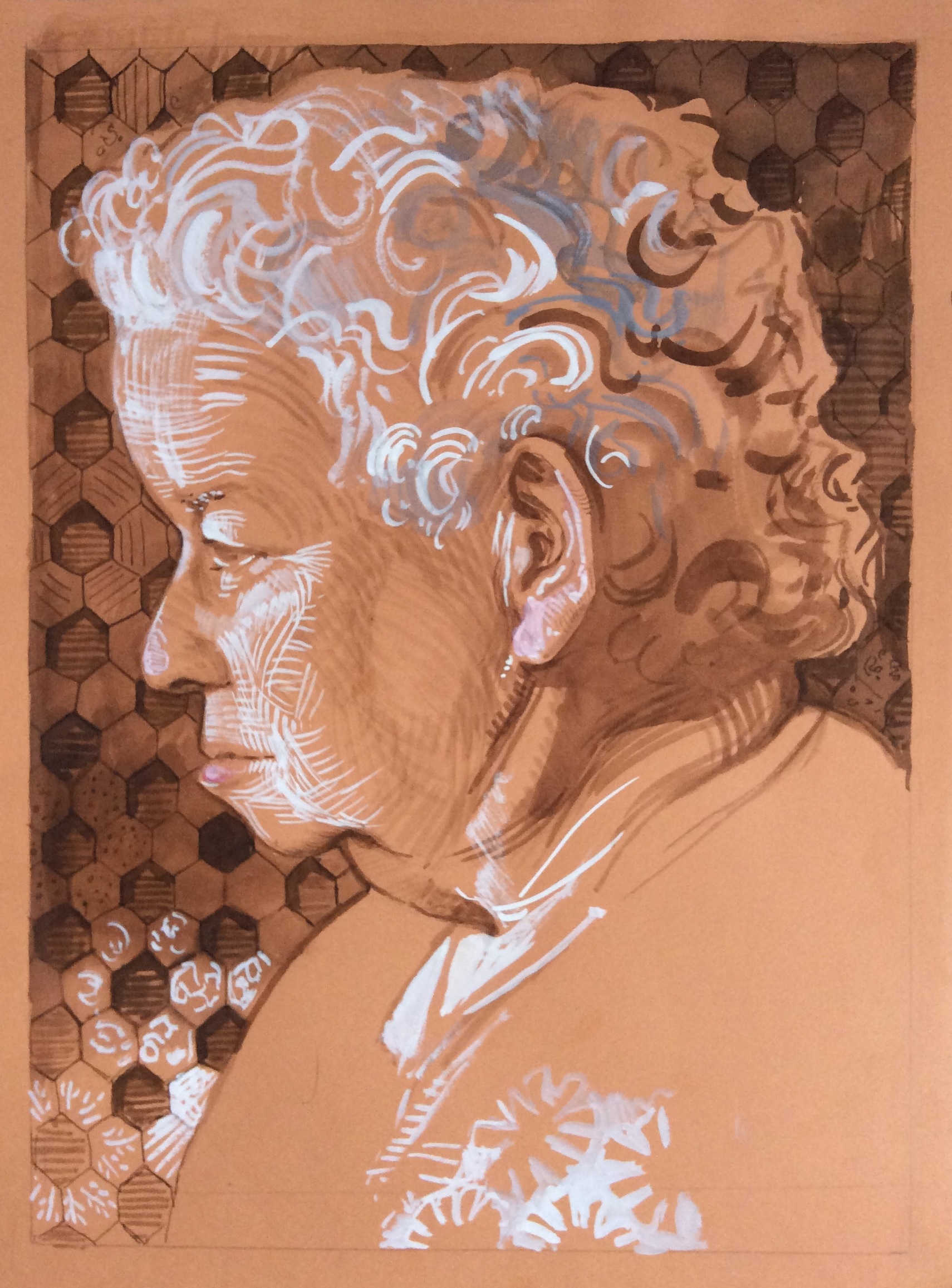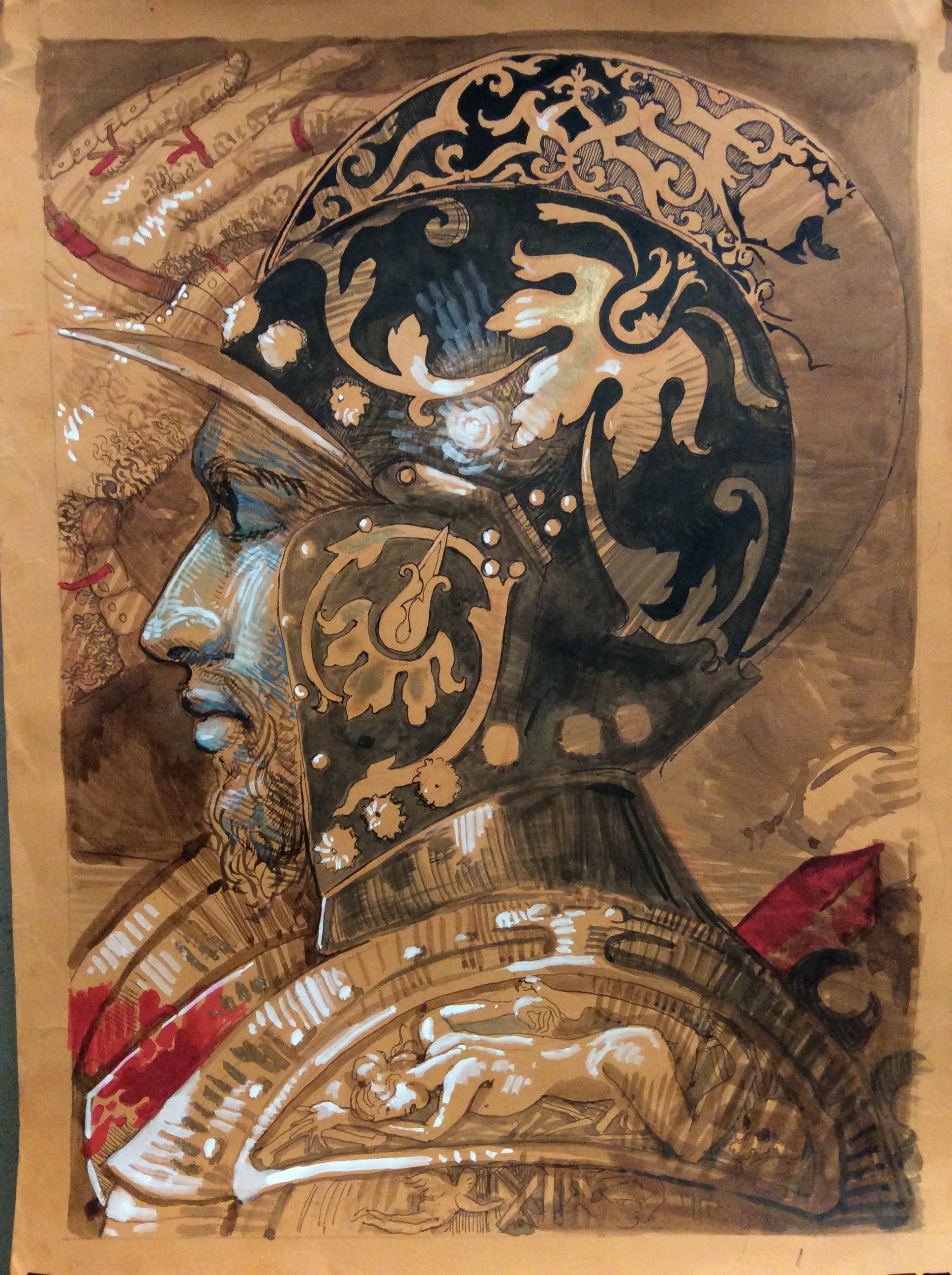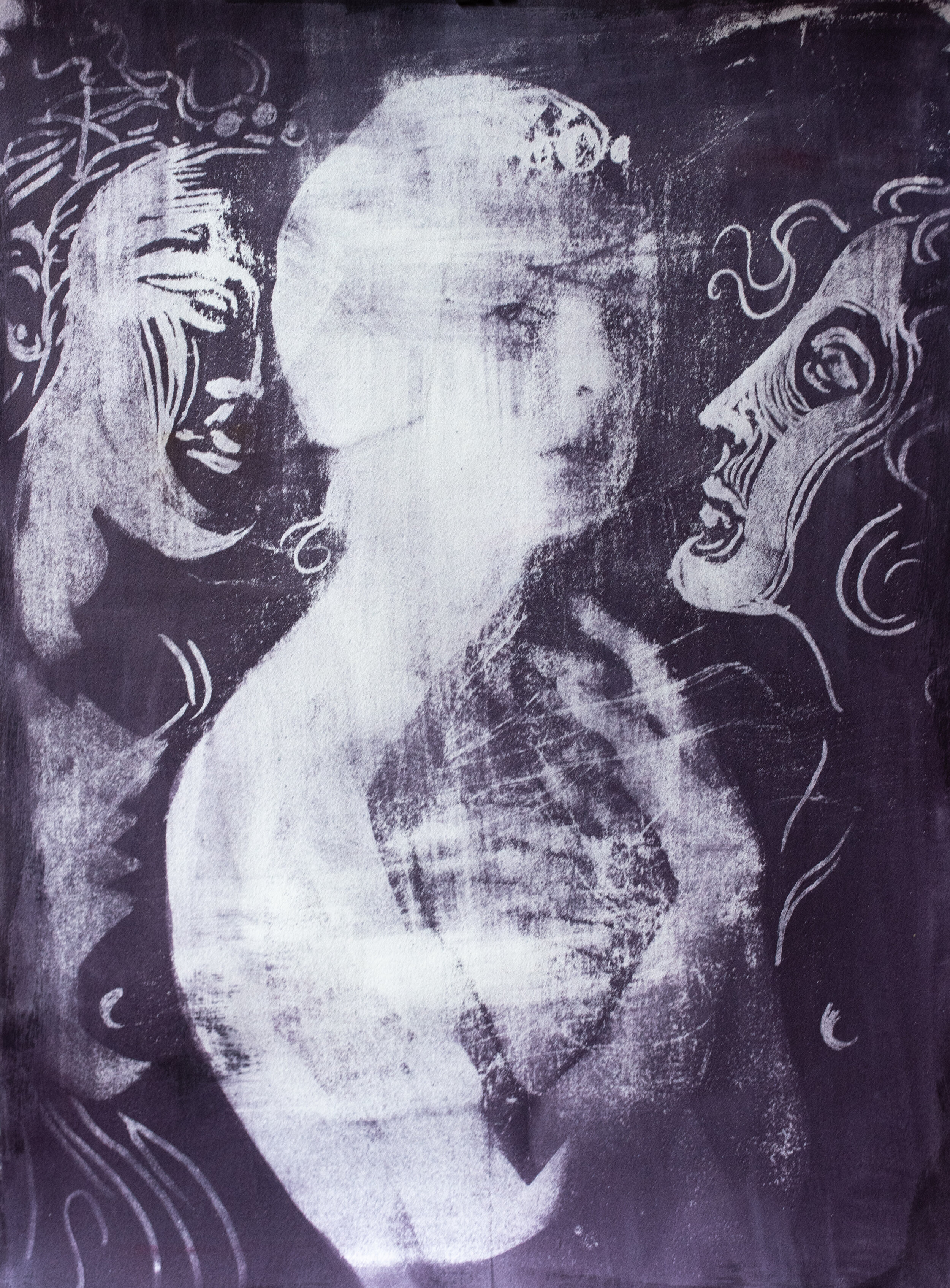Creative Compositional Techniques From Art History
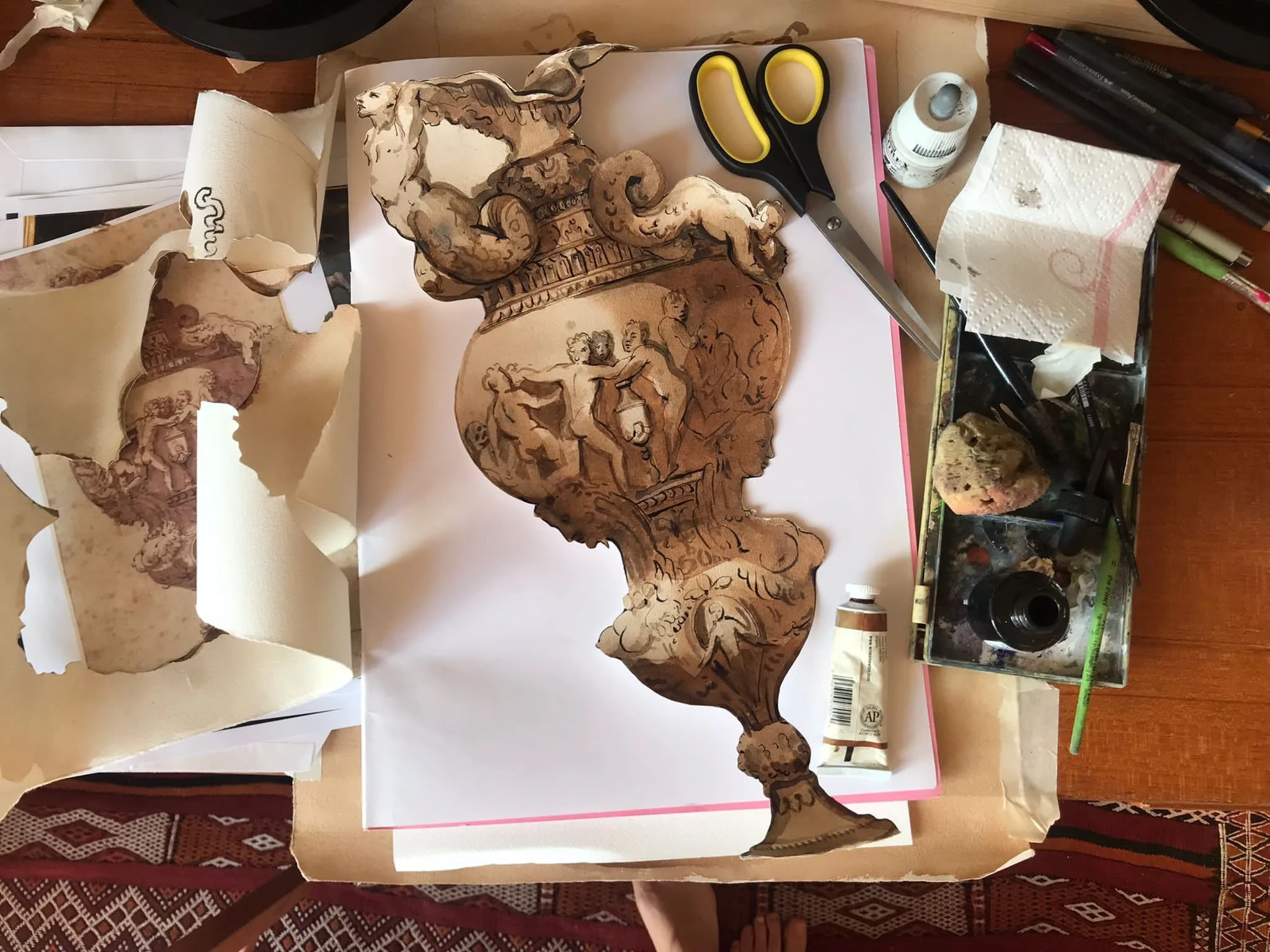

Creative Compositional Techniques From Art History
Video On Demand Online Class
Abigail Tulis, Instructor
9 instructional videos, access for 90 days
Options available for critiques from the instructor
Rolling Admission
In Creative Compositional Techniques From Art History, students will learn to channel their own unique artistic voice, expand creative thinking, explore new mediums and strengthen creative cognitive skills. With a practice rooted in drawing and an aesthetic informed by art history, literature and psychological research, this class provides the student with a toolkit to better realize their own vision in their artwork, from conception and working practices to finalization. With this holistic approach gained from own ongoing explorations, Tulis meets each student where they are at to expand their creative horizons and make work in dialogue with both contemporary and traditional art
Our admin will email registered students a link to the webpage and provide a single password that allows access to both the webpage and the videos themselves.
In addition, each student has available options to meet privately with Tulis (via Zoom) for personal critiques of 15- 30 minutes of duration.
Video recordings of demonstrations of various techniques are available online from the instructor.
It is not mandatory that students participate in the critique portion. But missed critiques will not roll forward to future sessions.
PRESS PLAY
TO WATCH A BRIEF VIDEO ABOUT THIS CLASS
These videos demostrate the usage of the following techniques to create images:
visual research using the internet - finding expanders
conceiving of a concept (thumbnails)
collecting your source material - staging and making photos, drawings, discovering your archive
assembling and manipulating material
photoshop as an image manipulator
rephotographing and ways of switching between analogue and digital
uses of final images - to help plan larger work, to play with ideas
Also - for all these techniques, you don’t need to leave your home/yard!
They start with discussions about influences, finding images and digital artists whose work resonates, looking at how this medium, along with photography, has shaped the world we live in, and coming up with your individual image concepts.
PERSONAL CRITIQUES:
Sketching the concepts first, we will work on an individual basis to decide the best ways to create your image, with each idea possibly requiring a new technique. Staging and making photos using your iPhone, drawing and painting, collaging with paper and in photoshop - in a world where everything is possible, I hope to teach you have to find the most efficient ways to select the method of creation and work through that step by step.
The resulting images can be a digital artwork on their own, but we will also look into how these can be printed, or serve as a step in the larger process of planning out a big composition for a painting, interior, etc.
Working between analogue/traditional processes and the digital is a fluency that can be very powerful and exciting, and will serve the artist in their ability to problem solve, figure out what they have to work with, take full advantage of what they have, and provide a safe space to experiment freely without the fear of irreversibility
Course # 7000 Creative Compositional Techniques From Art History
Ink: A black waterproof ink Brownwalnut ink Higgins white ink
Acrylic based inks - Sennelier is good, but there are others - it’s always fun to have some of these in crazy colors as well. Acrylic based ink is permanent and doesn't wash out
Watercolor brushes sizes: round #2, #6 or 8 and # 12 ( Note: do NOT buy the Artist Loft Michaels store brand. Simply Simons watercolor brushes are good and reasonably priced) Sable brushes are recommended, especially for the size 8. A way to test if the brush is good quality is to dip it in water and flick it. If it forms a nice point, its a good brush.
watercolors (in tubes or palette set: Winsor & Newton student or professional grade tubes)
alizarin crimson or venetian red
Yellow ocher
ultramarine blue
Prussian blue
Burnt sienna
paper towels
small container for water
a mixing tray with wells and flat surface to mix
one watercolor paper or pad, 300 lb recommended, and a selection of Khadi paper is also recommended (can be bought it packs of 10)
Oil and Acrylic
titanium white
yellow ochre
sap green
ultramarine blue
raw umber
ivory black
cadmium orange
cadmium red
burnt umber
painting knifes (basic set, please no plastic ones!)
palette paper pad or wooden palette
basic assorted set of hog hair and synthetic haired brushes in different sizes
paper towel or rag
canvas or canvas panel 9 x 12 , 11 x 14 or 16 x 20 at the largest
For oil painters:
mineral spirits
linseed oil
palette cups
Abigail Tulis is a sculptor, designer and painter making work inspired by renaissance and medieval forms. Her sculptures and drawings are in numerous private collections and she has executed sculptural commissions for architects and interior designers. She studied traditional figure drawing and painting at the Grand Central Academy and classical architectural design at the Beaux-Art Atelier, in New York City. Abigail has also worked as creative visual director for Kitten the Band and Ava Della Pietra, while also contributing media to numerous musical projects and creating look-books with producers developing Netflix shows. In these creative realm she uses photography, film, collage, and digital manipulation to create fantastical realities for her clients. Her media work has been mentioned by Paper Magazine, MTV, i-D Vice, and Steriogum. Her sculptural work has been featured in Vanity Fair Magazine, Architectural Digest, been exhibited at Booth Gallery and GCA’s 11th St. Art Gallery, and won the Stanford White Award from the Institute of Classical Architecture & Art for a sculptural design for a house in Millbrook, Ct. She recently curated “You Muse, You Lose” at Paul Calendrillo Gallery in NYC and “All the Ages You Were Before” At Project Space in Oyster Bay. Dividing her time between NYC and Europe, Tulis has also been a part of the Hudson River Fellowship, the Metropolitan Copyist program, and held a residency by Werk aan Het Spoel in the Netherlands.
This is a great class! Abigail really opens up dimensions for many possibilities in new directions!
Lisa L
Abigail Tulis is a great instructor. She really helps you get to the next level. Such a refreshing class. She’s a treasure!
Tracy D
Abigail Tulis is a wonderful teacher with a wide scope of knowledge. In her classes, she will introduce the student not just to different media but, to different concepts, new as well as traditional. The class includes small sculpting/modelling and I, to my surprise, have found delight in this medium.
Lucille H D
I had a few sessions with Abigail and she is truly unique, beats to the sound of her own drum and is a fabulous person to know. I feel very blessed that I got the opportunity to learn watercolor under her tutelage. Visionary teacher!
Renate R.
STUDENT WORK FROM THIS CLASS
The class teaches a movement in stages from the general thumbnail sketch to the final creation.
More of the instructor’s work:
(click to see larger)









